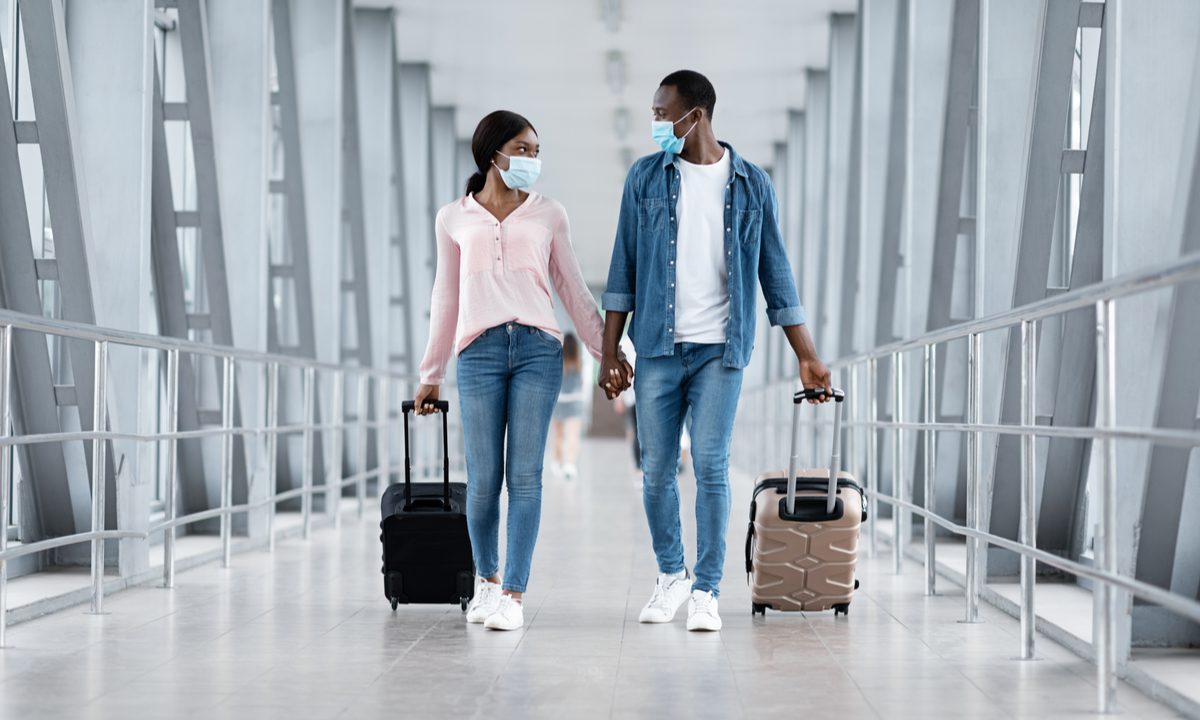Heading Into Labor Day, Americans Are Traveling Despite Concerns About COVID-19

With Labor Day approaching, the European Union’s removal of the U.S. from its safe travel list marks the latest COVID-related blow to an industry that is already struggling to recover.
The EU health concerns not only dampen international travel for the foreseeable future, but come alongside some homegrown headwinds that are threatening domestic travel as well amid growing tension in the U.S. between government and industry over the proper response to COVID-19.
For example, when Hawaii’s governor urged all non-essential travel his state to cease last week, the president of the Hawai’i Lodging & Tourism Association, Mufi Hannemann, said in response that the trade organization was concerned that the request would only discourage mindful, responsible travelers, rather than those who pose a greater risk.
The rift is happening just as Americans get set to celebrate their second Labor Day beneath pandemic conditions, causing stress to would-be travelers and businesses alike.
In the weeks before these announcements, travel industry leaders have said that from what they’ve seen, consumers have concerns but are still willing to mask-up and hit the road, flight or hotel.
A Personal Decision
“Whether and how to travel is a very personal decision,” AAA Travel Senior Vice President Paula Twidale said in an Aug. 11 press release. “By and large, people who were planning to travel are still taking their trips, while being mindful to take precautions to protect themselves and others.”
This summer, AAA Travel bookings were up at least 11 percent over 2019 levels. The organization said it expects travel volumes around Labor Day to remain high.
The business travel industry continues to report both optimism and uncertainty. The Global Business Travel Association (GBTA) reported Aug. 26 that over half of its members and stakeholders report they expect business travel will see a significant (8 percent) or moderate (47 percent) increase in the September to November time frame.
“The Delta variant has introduced a bit of a detour, at least for the near term,” GBTA CEO Suzanne Neufang said when reporting these findings. “With the support of adequate risk mitigation, travelers continue getting back to business during a pandemic that is not going away as quickly as hoped.”
At midyear, the American Hotel & Lodging Association (AHLA) reported that hotel occupancy for 2021 was expected to average 55.9 percent, up slightly from earlier projections of 52.5 percent. That would be up from 44 percent in 2020 but still below the average annual hotel occupancy of 66 percent in 2019. Occupancy rates are expected to rebound to 61.7 percent in 2022 .
“Projections have improved since January with the uptick in leisure travel, but the industry remains well below pre-pandemic levels,” the report notes.
Others in the lodging space reported a similar trend when reporting their second-quarter results.
Expedia Group said it saw continued improvement in many global travel segments. Vacation rental performance and conventional lodging were up. However, international travel and corporate travel continued to be soft.
Airbnb reported that more people had been traveling as vaccinations rose and restrictions eased. Guests from countries with high vaccination rates were driving the recovery.
Leading airlines have said travel was returning to normal as more customers were vaccinated. They reported this in their most recent presentations to investors, when announcing second-quarter results.
- United Airlines said travel demand was rebounding and international long haul and business travel had accelerated faster than anticipated. The company expected continued gains through end of summer and into 2022.
- American Airlines Group said it was expecting to fly more than 90 percent of its domestic seat capacity and 80 percent of its international seat capacity as compared to the pre-pandemic 2019.
- Southwest Airlines Co. said leisure travel demand had surged as the pandemic recovery continued during the quarter.
Despite the continuing concerns and bumps in the roads, Americans are traveling in great enough numbers to give the industry a boost.
